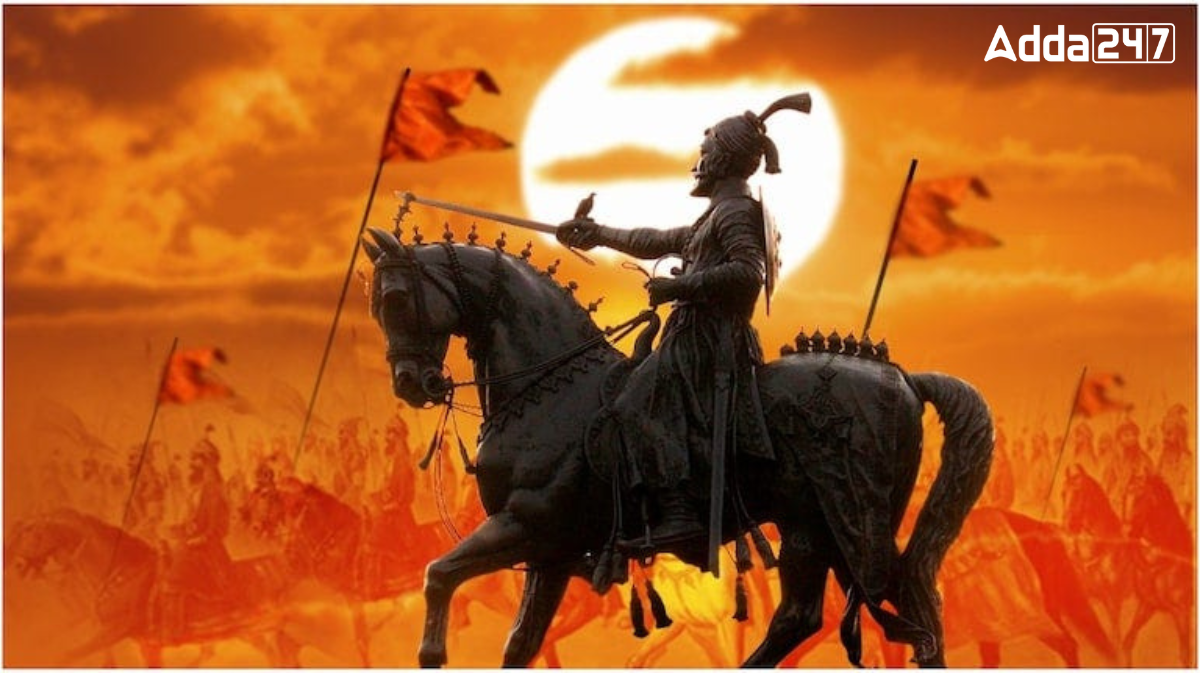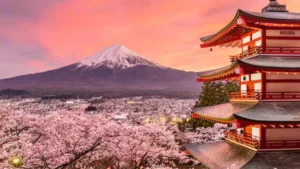Chhatrapati Shivaji Maharaj was a great warrior and the founder of the Maratha Empire in India. He fought against the Mughals and other rulers to create a strong and independent kingdom. After his death, his successors, including his son Sambhaji and grandson Shahu, continued legacy. The Marathas became a powerful force in India before eventually losing control to the British in the 19th century.
Who was Chhatrapati Shivaji Maharaj?
Shivaji I, also known as Shivaji Shahaji Bhonsale, was born on 19th February 1630 and passed away on 3 April 1680. He was a brave Indian ruler from the Bhonsle dynasty and the founder of the Maratha Empire. He created an independent kingdom by taking land from the Sultanate of Bijapur, which later led to the rise of the Maratha Confederacy.
At one point, Shivaji offered to support Mughal Emperor Aurangzeb in attacking Bijapur. However, after Aurangzeb left for the north, Shivaji took control of the territories that Bijapur had ceded to the Mughals. Later, after losing to Mughal general Jai Singh I in the battle of Purandar, Shivaji agreed to work under the Mughals as a chief and was given the title of Raja. For a short time, he even led military campaigns for the Mughal Empire.
Throughout his life, Shivaji had both friendly and hostile relations with the Mughals, the Sultanates of Bijapur and Golconda, and European powers. In 1674, despite opposition from some Brahmins, he was officially crowned as king. He was respected for his fair treatment of women and for employing people from different castes and religions, including Muslims and Europeans, in his administration and army. His military forces expanded Maratha power by capturing forts and building a navy.
Shivaji’s legacy was revived nearly two centuries later by social reformer Jyotirao Phule. Later, Indian nationalists like Bal Gangadhar Tilak praised him and Hindutva groups also honored his contributions to Indian history.
Successors of Chhatrapati Shivaji Maharaj
After Chhatrapati Shivaji’s death in 1680, his successors continued his legacy and expanded the Maratha Empire. They faced many challenges from the Mughals and other rulers but kept the empire strong through bravery, leadership and strategic warfare.
Here are the names of his successors:
- Sambhaji (1680-1689)
- Rajaram (1689-1700)
- Shivaji II and Tarabai
- Sahu
- Chhatrapati of Satara and Kolhapur
Sambhaji
Sambhaji Maharaj, born on 14 May 1657, was the eldest son of Chhatrapati Shivaji and became the second ruler of the Maratha Empire in 1681. His reign was marked by war against the Mughals, the Siddis of Janjira and the Portuguese in Goa.
He launched attacks on Mughal territories and attempted to invade Goa but faced internal conflicts and betrayals. By 1685, the Mughals had captured several Maratha strongholds. In 1689, he was captured and executed and his brother Rajaram I succeeded him.
Rajaram
Rajaram I, born on 24 February 1670, was the second son of Chhatrapati Shivaji Maharaj and the younger brother of Chhatrapati Sambhaji Maharaj. He became the third ruler of the Maratha Empire in 1689 after Sambhaji’s death. His reign of eleven years was filled with continuous battles against the Mughals. He passed away in 1700, and his young age, Shivaji II, became the next Chhatrapati under the guidance of his mother, Maharani Tarabai.
Shivaji II and Tarabai
Shiavji II, born on 9 June 1696, was the son of Chhatrapati Rajaram I and Maharani Tarabai. He became the fourth Chhatrapati of the Maratha Empire. Later, he established the separate kingdom of Kolhapur and took the title Shivaji Bhonsle I of Kolhapur. His reign marked the division of the Maratha Empire into different branches, shaping its future. He passed away on 14 March 1726.
Shahu Maharaj
After Shivaji II, Shahu Maharaj became the next ruler of the Maratha Empire. His reign from 1708 to 1749, was significant as it marked the rise of the Peshwas, who became powerful administrators. He made Satara the official capital of his kingdom.
Chhatrapati of Satara and Kolhapur
The Maratha Empire later had two main branches: Satara and Kolhapur. The rulers of Satara included Shahu I, Rajaram II, Shahu II, Pratapsingh and Shahaji. The rulers of Kolhapur included Shivaji II, Sambhaji II, Shivaji III, Sambhaji III, Shivaji IV, Shahaji I, Shivaji V, Rajaram II, Shivaji VI, Shahu IV, Rajaram III, Shivaji VII and Shahaji II.
These rulers played an important role in keeping the Maratha Empire strong and influential for many years.



 Which Country is Known as the Land of Ch...
Which Country is Known as the Land of Ch...
 Which Bird is known as the King of Birds...
Which Bird is known as the King of Birds...
 Which City of Austria is Known as the Ci...
Which City of Austria is Known as the Ci...







